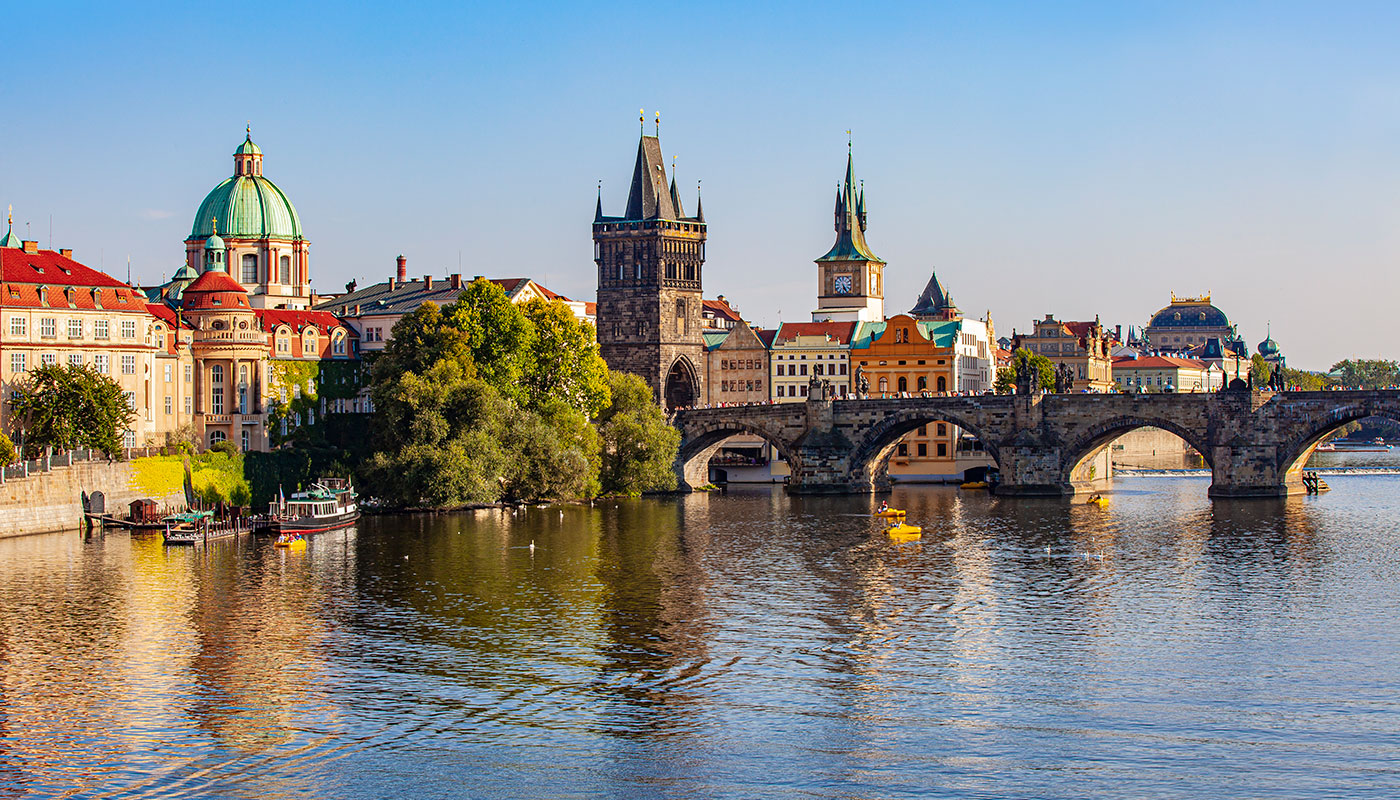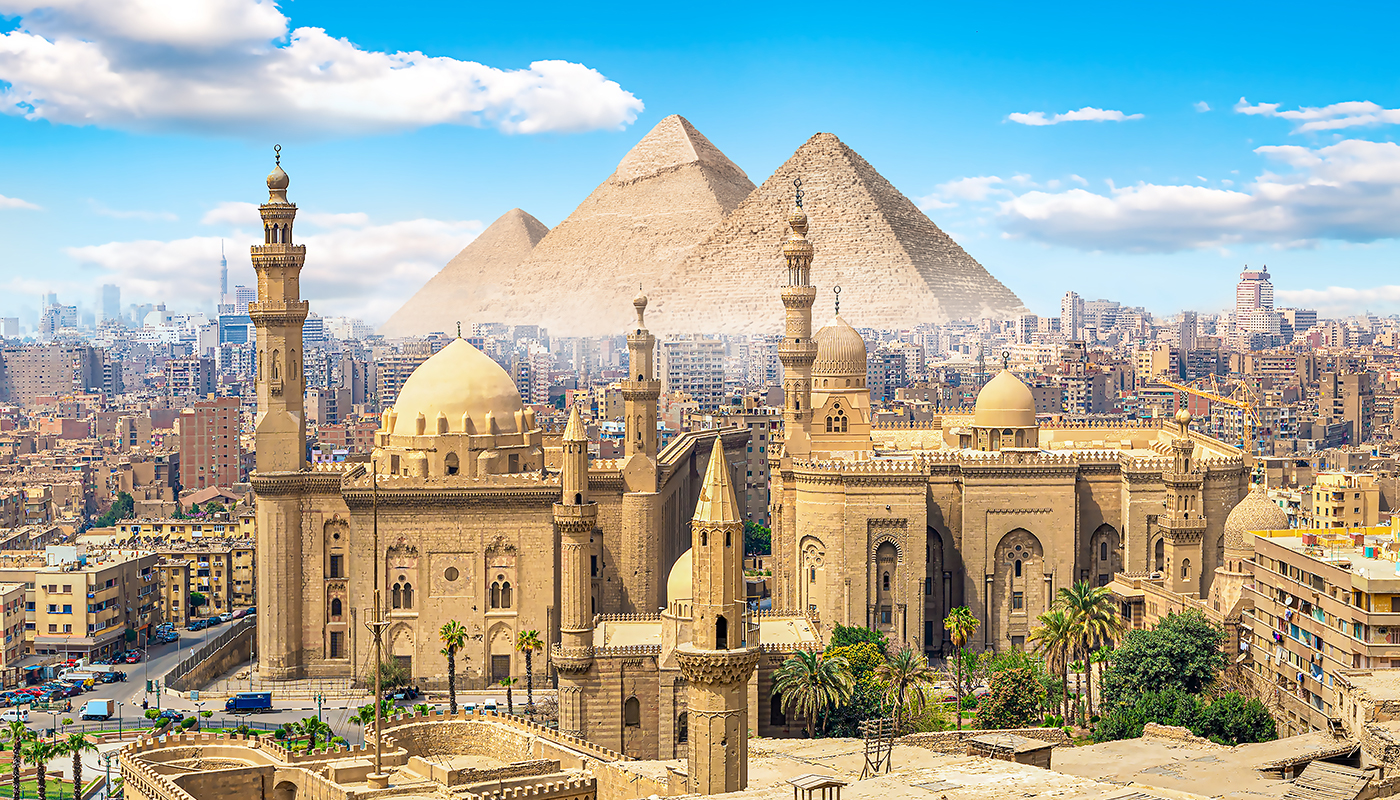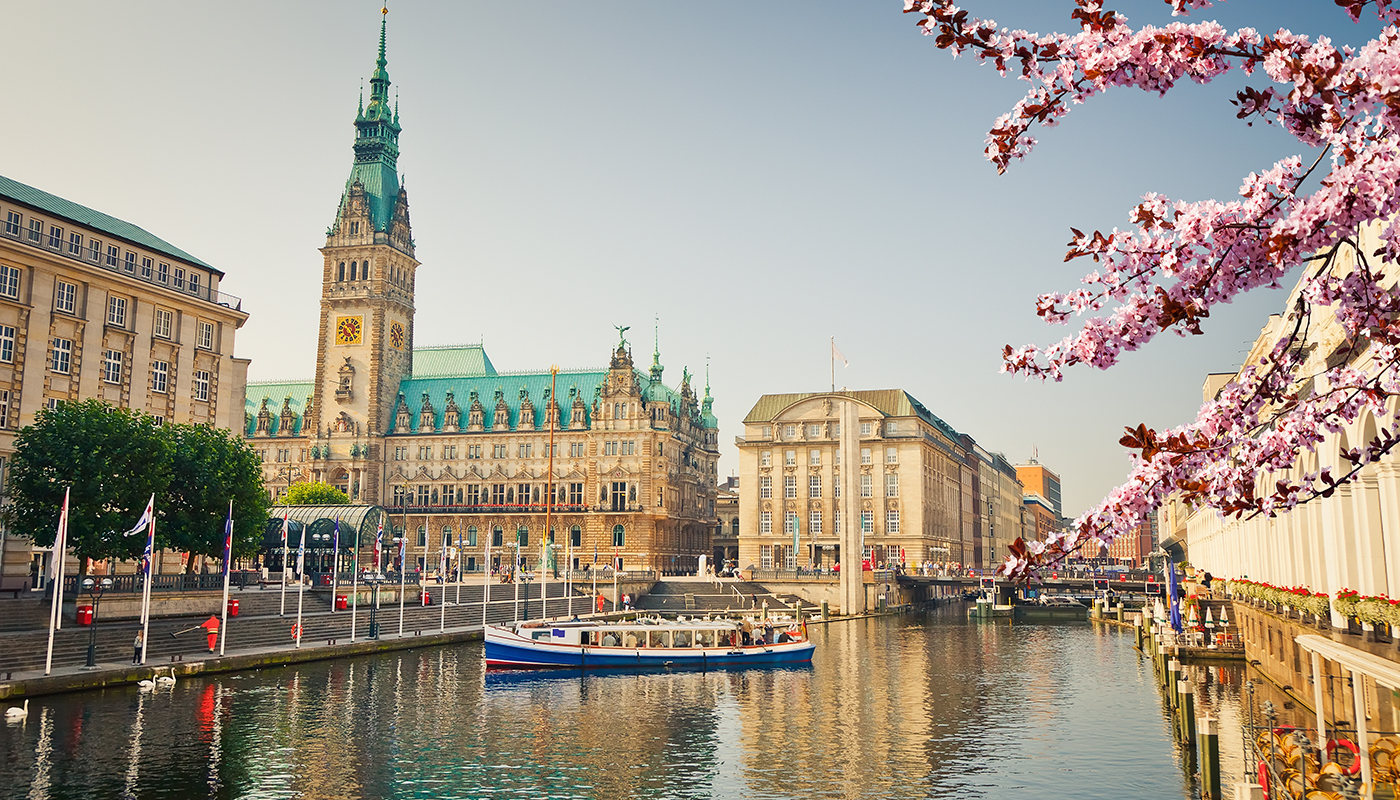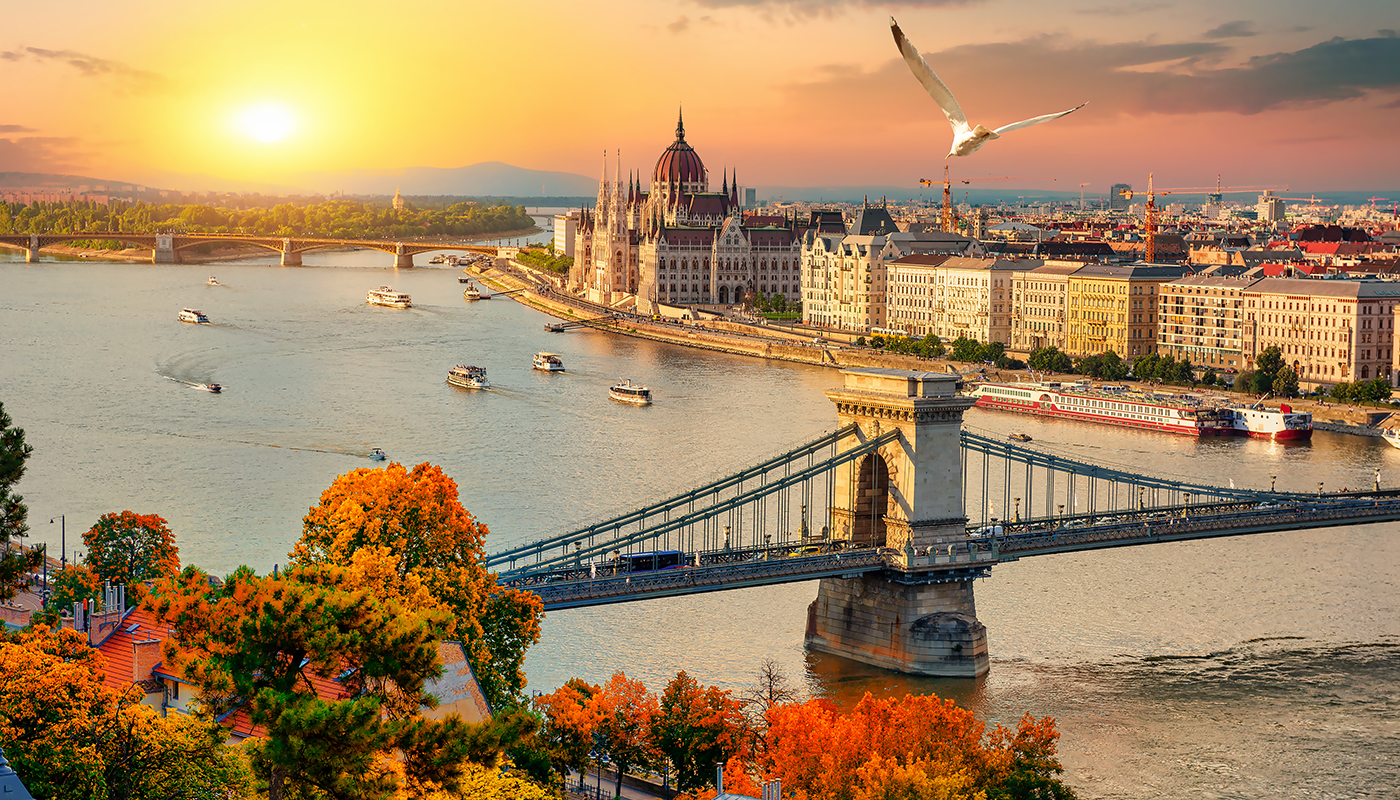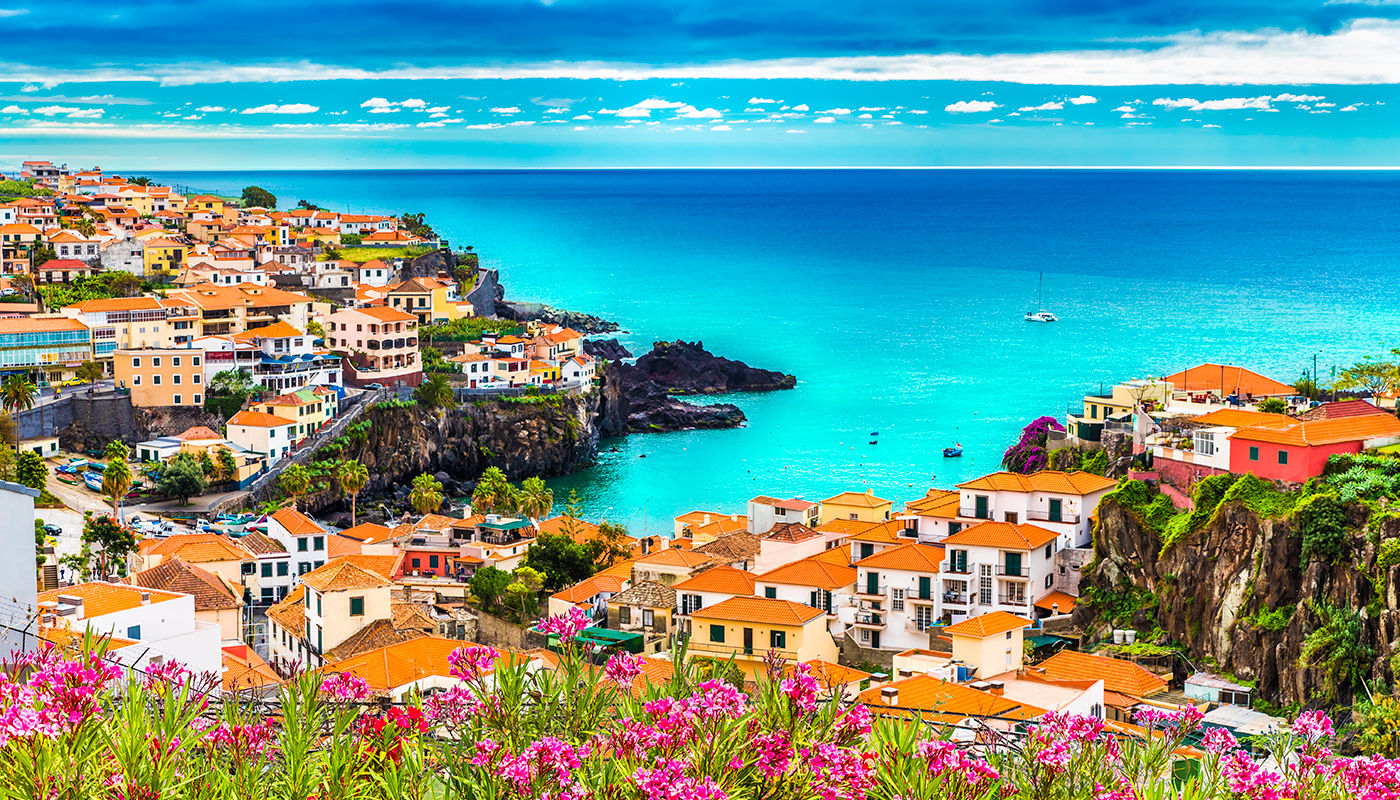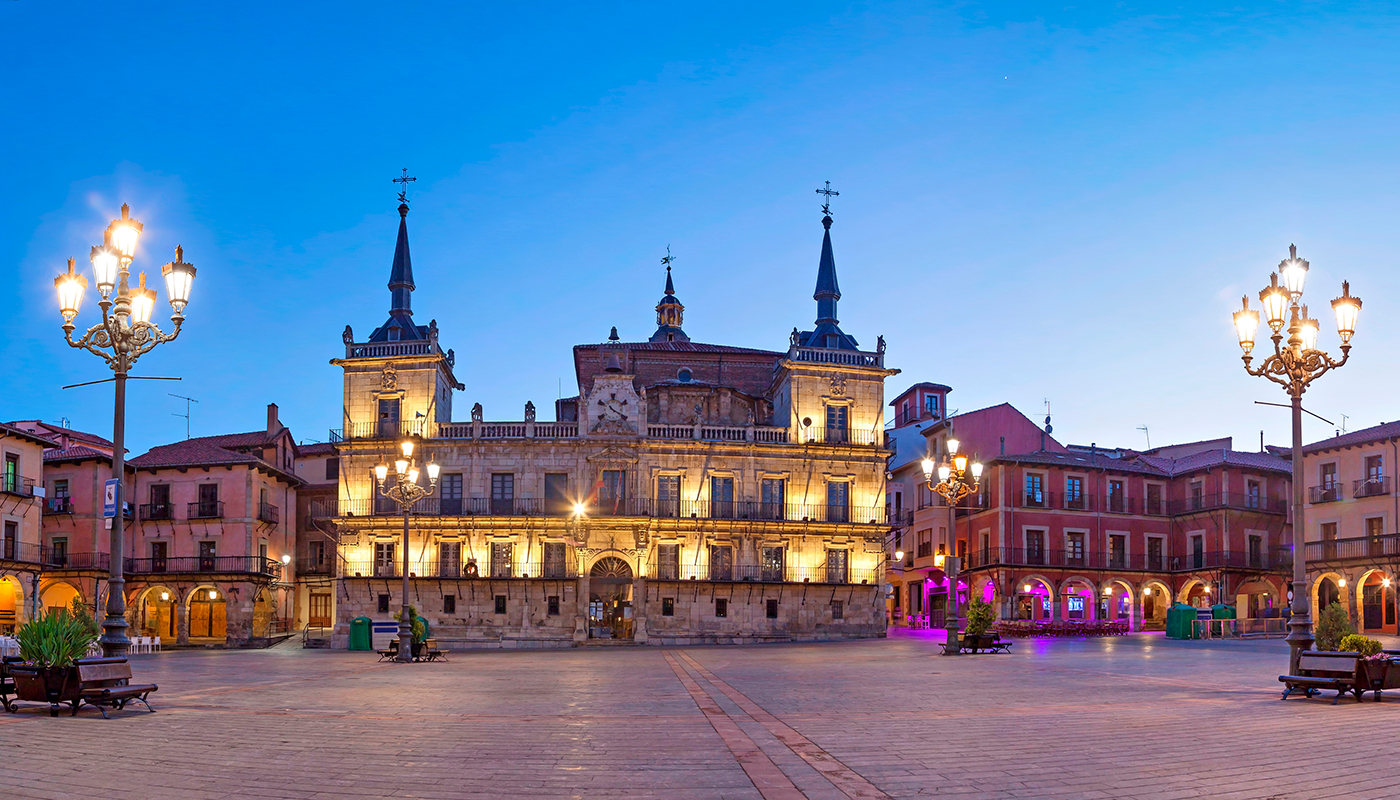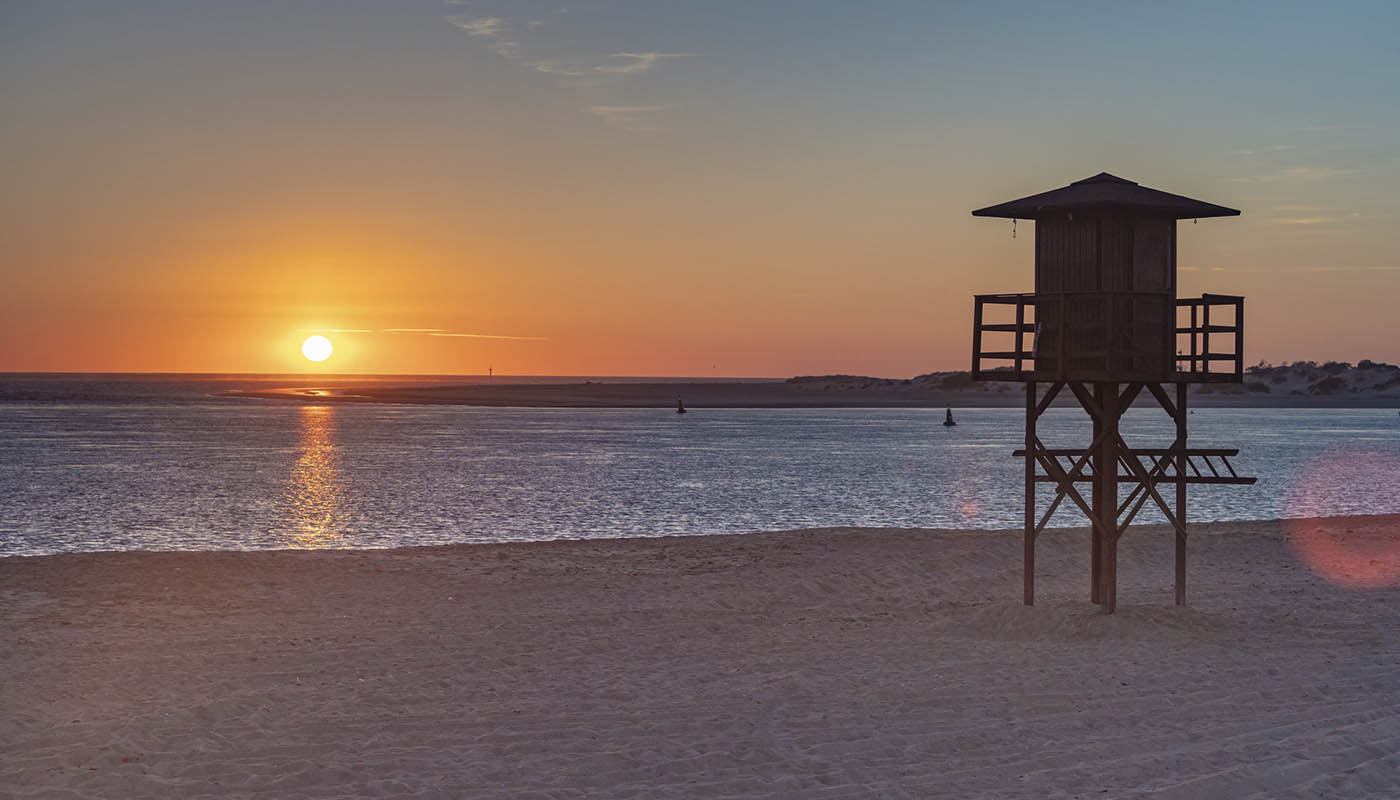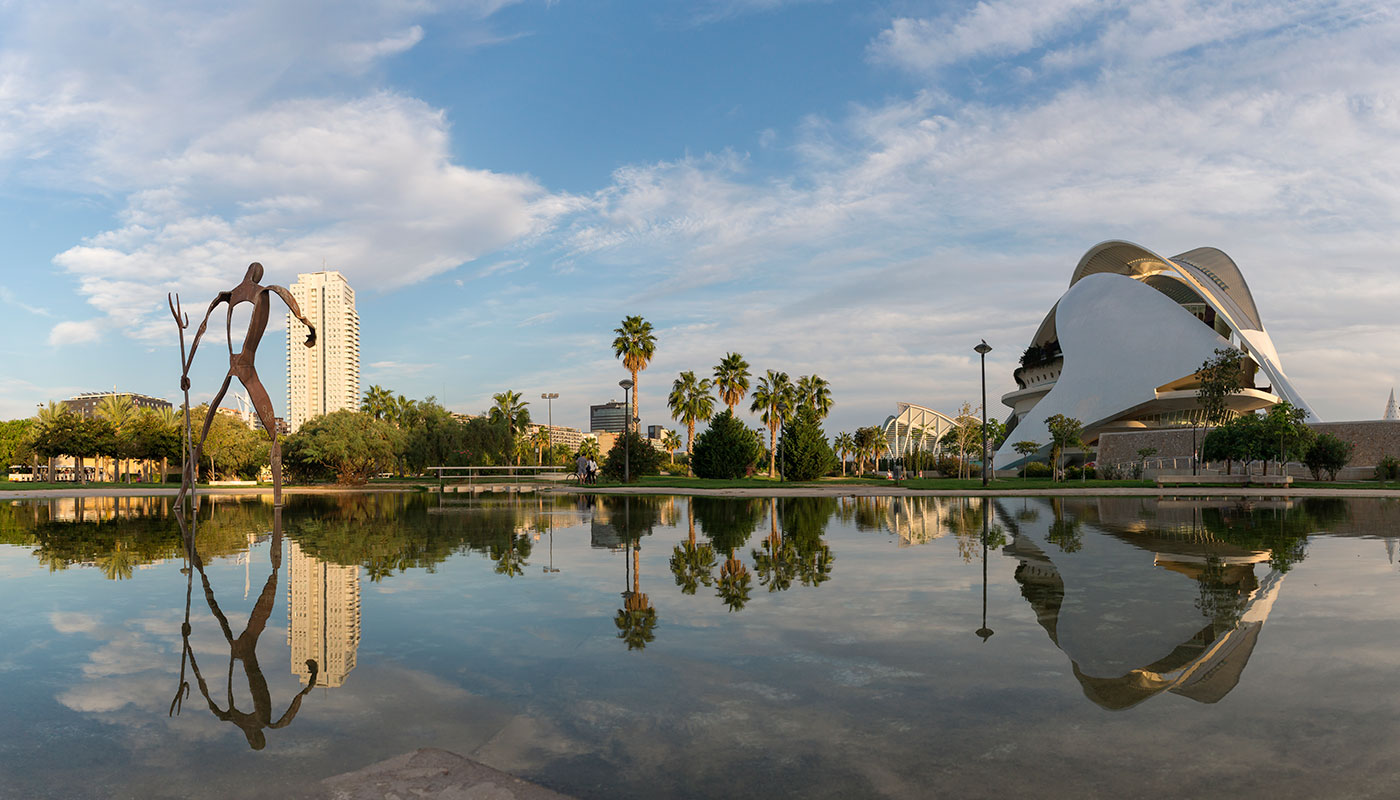The Jardí de Montfort gardens are a perfect recreation ground that soothes the spirit and are the last remaining example of nineteenth-century historical-artistic gardens in Valencia. Their origins can be traced back to an orchard that the Marquis of San Juan bought in 1849; he intended to transform it into a Romanticism-inspired garden, commissioning architect Sebastián Monleón to work on the project. The small Neo-classical style palazzo, shady bougainvillea-covered pergola, pond, beautiful rose gardens and numerous statues make it one of the most idyllic spots in the city, and it sits next to the old course of the Túria river. The loving care that is taken of its fountains and statues make the Jardí de Montfort one of the most beautiful corners of Valencia.
The park covers almost 12,000 m2 and the main entrance is on Plaça de la Legió Espanyola. It is home to unique species such as the Ginkgo Biloba—known as the ‘tree of the forty shields’—which can grow up to 35 m tall.
From orchard to garden
Originally this orchard area in Valencia’s Extramurs district was owned by José Vich, Baron of Llauri. In 1849, he sold it to Juan Bautista Romero Almenar, Marquis of San Juan, for 80,000 reales. A few years later, the Marquis purchased the stone lions that had been rejected for the staircase of the Congress of Deputies for being too small and had them placed at the entrance to the palazzo.
The garden would be given its definitive name a few years later when it was inherited by Josefa Sancho, a niece of the marquis’ wife, who was married to Joaquín Monforte Parrés. It was declared a National Artistic Garden in 1941 but wasn’t refurbished and opened to the public until 1973 when it became a municipal property.
The garden is divided into three clearly defined zones: the Old Parterre, with trimmed hedges and statues on pedestals, the New Parterre, with the Patio de los Surtidores [water fountain patio] which is surrounded by cypress and myrtle hedges that are grown to form shapes and quadrants, and finally, a small wood which was designed to feel closer to nature.
The palazzo
The garden palazzo is the Marquis de San Juan’s old pleasure pavilion. It is a nineteenth-century French Academic-style building. It was built in 1859 by architect Sebastián Monleón and its main façade has a large balcony over one of the gardens. The palazzo is currently used for civil weddings, the only occasion on which there is direct access to the pavilion from Carrer de Montfort. There are public toilets on the ground floor.

Fountains and mythological sculptures
As you wander around the garden, you’ll spot 33 marble statues and their ponds. Some of the most famous are:
- Fountain of nymphs Daphne and Chloe: Located in the New Parterre, this group is sculpted from Carrara marble and is the symbol of the gardens.
- Fountain of the Orange Trees: Between the Old and New Parterres, this fountain sits in the triangular area next to the rose garden and is surrounded by aromatic plants.
- Statue of the Goddess Flora: This statue is on a pedestal in the centre of the Patio de los Surtidores in the New Parterre.
- Fountain of Poseidon: Next to the entrance to the grotto, this white marble fountain has a pedestal made from pebbles. The sculpture represents the god Poseidon or Neptune who is reclining on his side on a huge fish.
- Fountain of Neptune: As you stroll through the gardens, you’ll also see Neptune again, this time standing inside a folly, clutching his trident and wearing a crown.
- Fountain of the Snake: This drinking water fountain stands out because it’s made from iron, unlike the other sculptures. The basin is shaped like a shell and collects water that spouts from the mouth of a serpent twisted around a column. It has plants sculpted on the upper level.
- Statue of Socrates: This statue dedicated to the Greek philosopher can be found by heading along the east-west axis of the garden after leaving La Montañita.
- Plaza of the Arches: This circular plaza is opposite the palazzo’s patio and it has two fountains, each with a charming group of sculptures: children playing with a dolphin and children blowing a shell. The plaza is reached by passing through a gateway with a half-circle arch decorated with two dragons and walking down some steps. Standing either side of the top of the steps are the statues of two mythological gods, Bacchus/Dionysus and Mercury/Hermes.
- Fountain of the boy riding a swan: This fountain sits in a small pool in the shape of a Greek cross located in the west of the Romantic garden, after crossing the Plaza of the Arches.
Tunnels and mazes
You can enjoy walking through a tunnel formed by beautiful and colourful bougainvillea growing over a metal structure that is supported by the perimeter wall at the end of the Old Parterre. The perimeter wall is constructed from masonry typical to the period but it does have one particular curiosity: a series of goat horns set into the brick. Just how long they’ve been there and why they were embedded into the wall remains a mystery.

Idyllic features such as the wooden bridge over the grotto opposite the pond, or the waterfall surrounded by ferns, make Montfort park a truly unique place. The pond is over 20 m in diameter and various species of tree that aren’t typically found in Valencia grow around the water, such as the Cupressus funebris (Chinese weeping cypress). To ensure that there was sufficient water pressure for the ornamental fountains in the garden, an artificial hill was built to house a large water tank that was filled by manual hydraulic mechanisms. When the gardens were refurbished, the little hill was turned into a viewpoint. You won’t be able to resist climbing to the top to enjoy the views—and while you’re up there, see if you can hear the echo of your own voice.
You’ll love wandering through the Romantic garden and admiring its topiary and gorgeous bushes. The Jardí de Montfort also has a huge rose garden where small rose bushes encircle a vast laurel tree and an irrigation channel.








